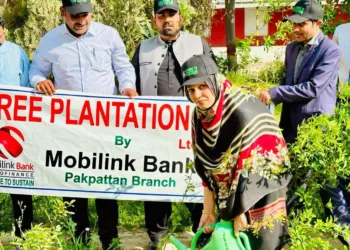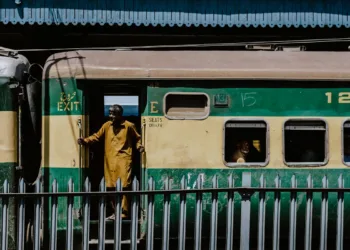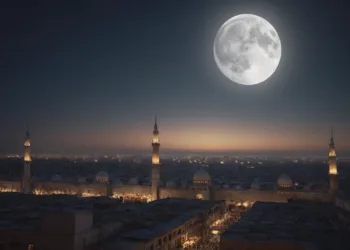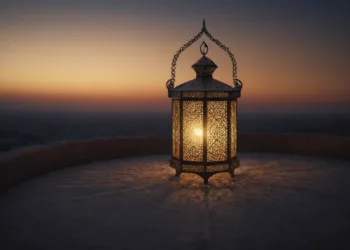Bonsai is pronounced as bon-sigh, not bonzai; it is now widely accepted that it was first created by the Chinese. In Japanese, this art of miniature landscapes and trees that we know now as bonsai can be translated as tray planting. I found out about Bonsai when I became a gardener.
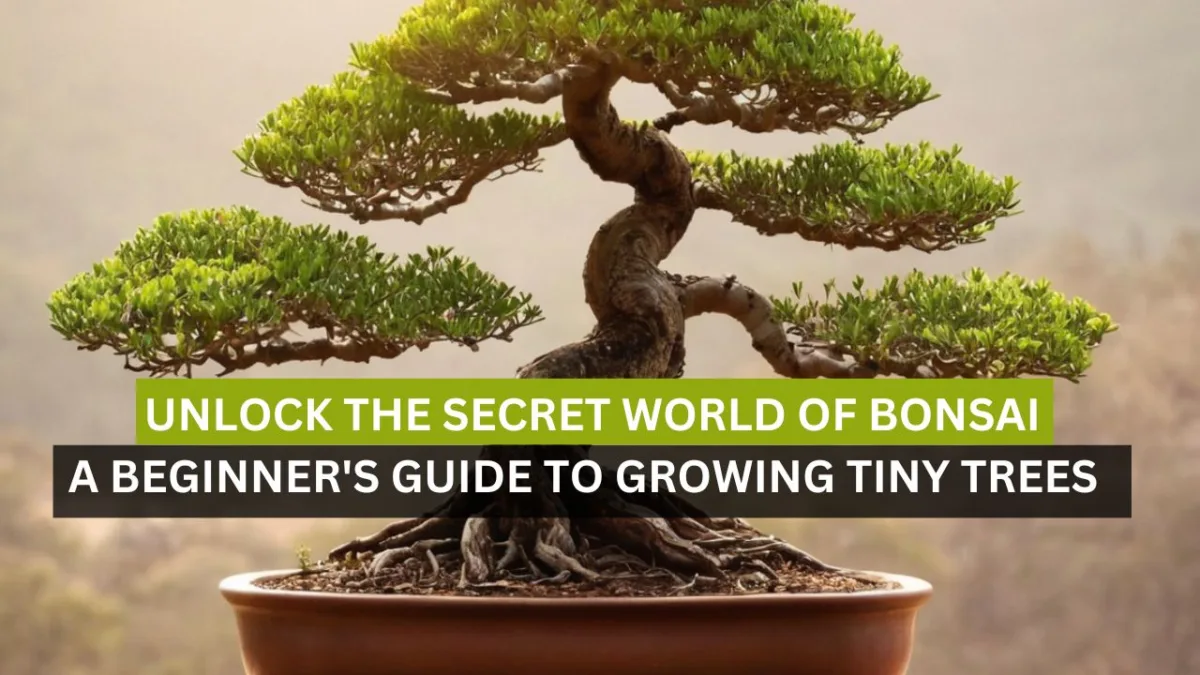
About the Bonsai Tree
One of the earliest Chinese legends contends that it was in the Han Dynasty (206 B.C.–220 A.D.) that an emperor created a landscape in his courtyard that represented his entire empire. He created the landscape so that he could gaze upon his entire empire from his palace window. Anyone else found in possession of even a miniature landscape was seen as a threat to his empire and put to death.
The earliest documented proof of bonsai was discovered in 1972 in the tomb of Prince Zhang Huai of the Tang Dynasty (618–907 A.D.). Wall paintings discovered in the tomb show servants carrying plants resembling bonsai and a pot containing a tree.
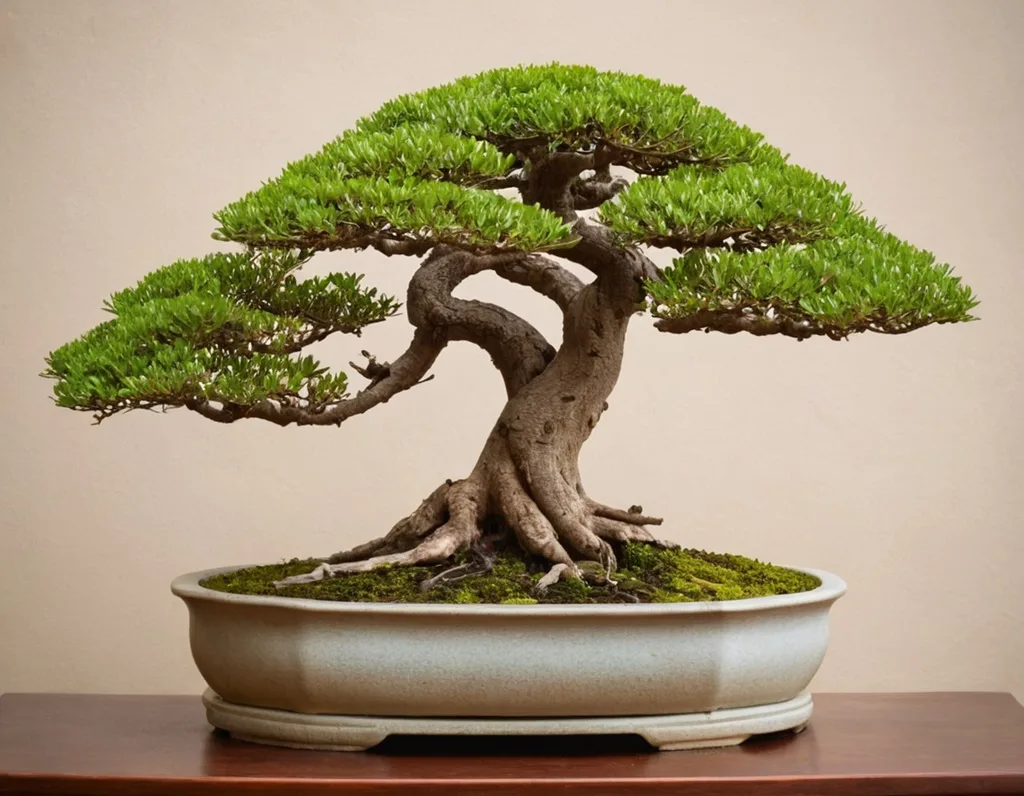
Bonsai Tree in Japan
The Buddhist monks brought bonsai to this island in 794–1191 A.D. (the Heian period). For many years, bonsai art was only practiced by the wealthy and thus came to be known as a noble privilege. The art almost died out as it was limited to the noble class. But with the Chinese invasion in the fourteenth century, the art started to be practiced by all classes.
Bonsai Tree in the United States
The earliest bonsai that came to the West were mostly from Japan and China. The showing of bonsai at the Third Universal Exhibition in Paris in 1878 and later exhibitions in 1889 and 1900 increased Western interest in bonsai and opened the door for the first major exhibition held in London in 1909. In the early years, many Westerners felt that the trees looked tortured, and many openly voiced their displeasure. It wasn’t until 1935 that opinions changed, and bonsai was finally classified as an art in the West.
Today, bonsai is sold in department stores, garden centers, nurseries, and many other places. To create a true bonsai work of art, you need to learn as much as possible about the art and the trees you use. Information is the key to success, and it is important to read as much as possible.
Bonsai Tree and Bonsai Technique
A bonsai tree is a miniature piece of breathtaking natural scenery grown in a small pot. It’s the art of training a tree to grow in a specific manner.
Bonsai Tree-Starting Technique
Trained Bonsai: If you cannot wait to begin your bonsai experience, the best way is to buy a bonsai tree from your local nurseries or bonsai garden that has already been trained. That way, you can save your time. If you buy a partially trained bonsai, you can train and shape it according to your own will.
Collecting Wild Plants: You can almost use any plant to make a bonsai. Collecting a plant that has been shaped by Mother Nature is definitely an exciting experience. It is best done in early springtime. When selecting a tree to make a bonsai, inspect the plant using the following procedures:.
Roots: Get the tree whose roots spread evenly in all directions rather than whose roots are in slanting form.
Trunk: Young trees with thin trunks can be pruned into desirable shapes; however, you cannot do the same with thin trunks. Avoid trees whose trunks have swelling parts.
Branch: It is a good idea to choose a tree with abundant branches as it provides freedom of imagination, and you can make bonsai according to your wishes.
Leaf: Leaf quality is generally hereditary. If you do not like curly or withering leaves, you should avoid trees with such leaves.
Pests and Disease: You should pay special attention to choosing trees with healthy leaves and bark.
Bonsai Tools
There is a specific bonsai tool for every specific bonsai activity, and using the correct tool is the best tool and the best way to get the correct results.
The Secret of Shaping Bonsai Tree
Root pruning is an integral part of bonsai. No plant can stay in a container without some sort of rootwork. In containers, roots tend to colonize the container; that is, they saturate the container with roots. In some cases, they even push the plant upward from the container. When this happens, the plant is said to be root-bound. There is constant new root growth, and root pruning (cutting the roots) will help a plant grow.
Branch Pruning: To give a tree a basic shape often involves pruning large branches. The following branches should be removed.
- Branches grow from the bottom of the tree.
- Branches are growing at the same height on both sides of the tree, and one of them should be removed.
- Branches cross the trunk.
- Branches grow close to each other and are short, of the same length, and in the same direction.
- Branches grow from the middle of the trunk.
- Branches are growing straight up.
- Branches are growing straight down.
- Branches grow in the opposite direction of the branch they are growing from.
- Branches grow from the same spot in many different directions.
- Branches cross other branches.
- Branches grow much longer than other branches.
- Branches point at the viewer from the front side of the bonsai.
Leaf Pruning: Leaf pruning involves removing the leaves; it forces leaves to produce a replacement set of leaves, which results in increased leaf density. Leaf pruning is done once in any growing season when the tree is in its most active state (usually mid-June to July) and when the base of the shoots has begun to harden. After leaf pinching, the bonsai needs to be protected from excessive rain but exposed to the sun. The new leaves will be smaller and more proportionate to the size of the bonsai.
How to Wire a Bonsai Tree: The bonsai wire size should be about 1/3 of the branch or trunk size you are bending. There are two kinds of wire: aluminum and copper. Aluminum wire is easy to use because it won’t get harder like copper, so you can shape it easily. Copper wire is basically used to wire and shape bonsai. It is hard, and it takes some practice to get used to using it. Try to avoid the time when the tree is growing new leaves or branches, and also avoid the winter time (around December to February). Once wired, leave it on for at least 2 months to 3 years (depending on the tree’s growth). The best time to remove the wires is just before they start to cut into the tree.
Bonsai Soil: Always, these things are important: water drainage and aeration. Water absorption. Bonsai soil types are inorganic soils, organic soils, volcanic soils, Japanese Bonsai soils, green moss, akadama soil, kanuma soil, keto soil, and coarse soil.
Don’t forget to read How to Be a Gardener.
Follow INCPAK on Facebook / Twitter / Instagram for updates.

